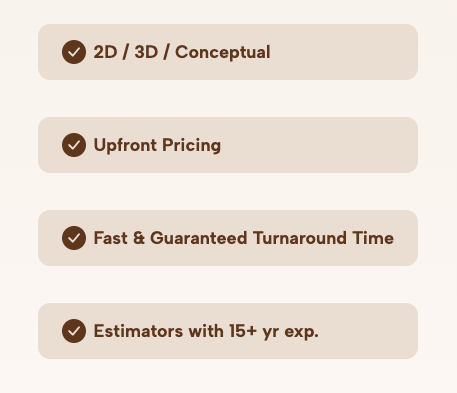What are the inspection requirements for bathroom stall dimensions?


Bathroom stall dimensions are reviewed and inspected under IBC, ADA, and ICC A117.1 standards to ensure safety, accessibility, and compliance. Inspections cover plan review, field measurements, and, in some cases, special inspections and testing for accessibility or fire safety.
Plan review checks
During design review, code officials evaluate stall layouts against minimum clearances for water closets, partition placement, and accessibility. Common checks include:
Field inspection checks
Inspectors verify as-built stall construction matches the approved drawings. Items include:
- Clearances: Stall width and depth measured wall-to-wall and fixture-to-partition.
- Door swings: Inward or outward doors must not obstruct required maneuvering spaces.
- Hardware: Latches operable with one hand and without tight grasping (ADA 309.4).
- Signage: Accessible stalls must be identified with compliant signage.
- Lighting: Adequate illumination for restroom use and egress (IBC 1202.2).
Slope: Floors inside stalls must not exceed 1:48 slope (ADA 302.1).
Special inspections
Under IBC Chapter 17, special inspections may apply where stalls are part of larger rated assemblies or accessible features:
- Firestopping: Partition penetrations in rated walls sealed with approved systems (IBC 1705.17).
- Smoke control systems: Required for certain large restrooms adjacent to assembly spaces (NFPA 92).
Emergency lighting: Restrooms along egress paths may require tested emergency luminaires (IBC 1008.3).
Laboratory tests
Certain stall-related assemblies may require listing or testing:
- UL fire door assemblies: For restroom entry doors in rated corridors.
- ASTM E119: For wall assemblies enclosing restrooms in rated construction.
ASTM E84: For finishes inside stalls where flame-spread classification is required.
In-situ testing
Practical field tests confirm ADA and IBC performance requirements:
- Door pressure test: Stall doors must open with ≤ 5 pounds of force (ADA 404.2.9).
- Slip resistance: Floors in and around stalls must be slip resistant per ADA 302.1 and ASTM D2047.
Turning space: Field mockups may be used to verify wheelchair turning radius.
Acceptance criteria vs. failure triggers
- Acceptance criteria: Clearances within ±½ in of code minimums, compliant door swings, operable hardware, correct grab bar placement, rated assemblies intact.
Failure triggers: Partition misalignment reducing clearance, inward door blocking maneuvering space, missing or misaligned grab bars, unsealed penetrations in rated walls, or slopes exceeding 1:48.
15-point inspection checklist for stall dimensions
- Verify fixture counts match occupant load.
- Confirm at least one ADA accessible stall per restroom.
- Measure stall width (60 in min for ADA stalls).
- Measure stall depth (56–59 in depending on toilet type).
- Check door clearance (32 in min).
- Confirm door swing does not obstruct required clearances.
- Verify hardware usability (operable with one hand).
- Confirm grab bar installation height (33–36 in).
- Inspect toe clearance under partitions (9 in min).
- Confirm accessible route from entrance to stall.
- Check floor slope ≤ 1:48 inside stall.
- Verify adequate restroom lighting and egress illumination.
- Inspect signage for accessibility compliance.
- Check firestopping at penetrations in rated walls.
- Test slip resistance of stall flooring.
FAQs
1. How do inspectors measure bathroom stall dimensions?
They measure clear wall-to-wall and fixture-to-partition distances after finishes are installed.
2. What happens if a stall is undersized after construction?
It must be corrected. Noncompliant stalls can prevent occupancy approval.
3. Are inward-swinging stall doors allowed?
Yes, but only if maneuvering space is not obstructed (ADA 404.2.3).
4. Do all bathrooms require a 60-inch-wide stall?
Yes, at least one ADA stall per restroom must be 60 inches wide.
5. What are the most common stall inspection failures?
Partition misalignment, mislocated grab bars, obstructed clearances, and missing signage.
References
- International Building Code (IBC) – https://codes.iccsafe.org/codes/ibc
- ICC A117.1 Accessible and Usable Buildings and Facilities – https://codes.iccsafe.org/codes/icc-a117-1
- 2010 ADA Standards for Accessible Design – https://www.ada.gov/resources/2010-ada-standards/
- NFPA 101 Life Safety Code – https://codesonline.nfpa.org
- ASTM International Standards – https://www.astm.org



%201.png)








